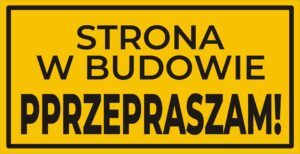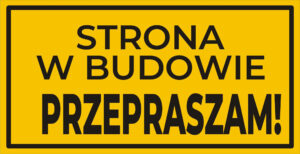



1916 / Kraków
Postcard sent to Vienna on 23/9 1916. Photograph shows 12 soldier-carvers, a plaque with the name of the workshop, a machine and carpentry products.
On the board the inscription: “K.u.K. FEST. MONT. MAGAZ. SEILEREI” with added date: “1/9 1916”.
On the reverse side a stamp: “K.u.k. Festungs Montur Magazin Rudolfs Kaserne Krakau”
Among the many industrial facilities in the Krakow Fortress that were established during the war, the Fortress Uniform Depot (Montur-magazin), with its numerous workshops and related enterprises, occupies one of the first places. The establishment of the depot dates back to the beginning of the war. Before the outbreak of the war, the fortress had only a modest stock of uniform and linen sorts in the replenishment warehouse, in the barracks on Grodzka Street (Grodzkakaserne). In the first days of August 1914, troops and field workshops left the fortress to face the enemy. The replacements stationed in the fortress went inland, and numerous Landsturm formations and labor troops arrived in the fortress. The fortress was therefore given the task of establishing a central depot – to maintain self-sufficiency – which would have to take care of the fortress garrison and supply the close front.
Quartermaster-Intendant Vesely, Inventory of the Krakow Fortress, 1917, Lt. Res. Bruno Färber, Fortress Uniform Depot at Rudolf Barracks and its development since the beginning of the war
In order to supply the artillery depot and the artillery formations stationed in the fortress with ropes, the price of which had risen immeasurably due to a shortage of raw materials, a cordage workshop (Seilerei) was established next to the uniform depot in February 1916 by order of the Head of the Fortress Intendant. With the help of several machines, partly purchased and partly made in-house, from old, unusable bags and jute waste, with the addition of hemp, about 4,000 ropes were produced per month. 50% of the old material was used in the production process, which did not reduce the durability of the rope. Laufstränge and Zugstränge were produced (specialized types of cordage and post-strings, used as part of rather complex draft horse harnesses for transporting military equipment) and probably Leitseile (cordage reins).
Direktiven für Benützung von Karrenfuhrwerken Und Karren-Trainzuggeschirren, Vienna 1915
material / technique:
paper, photography
dimensions:
height / width
8.8 cm / 14 cm